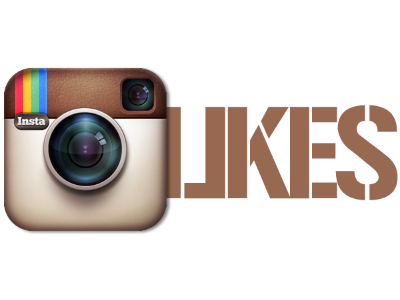Such a data, as noted, can be a hindrance when renewing contracts between advertisers (the companies that provide services and selling goods) and trade platforms (the social network’s popular bloggers).
Reporting the number of their audience, the owners of sites do not make allowance for the spam bots and inactive users.
Together with the results of the study, the authors have published the application of the methodology for detecting bots. The behavior of programs that simulate the actions of real users is reduced to publish five or six videos or photos and subscription to 41 user.
Instagram representatives refused to comment this information. However, it is noted that the fight against bots in social networks started in December 2014.
According to Business Insider, 8 per cent of identified bots - is the remainder of a much larger share of that was relevant last winter. Some of the creators of bots have since managed to modify the algorithms in such a way that it is now difficult to automatically distinguish them from real people.
Instagram is not the only social network experiencing problems because of the bots. At the end of last year, Twitter had 8.5 per cent of such accounts.
Facebook deals with inactive users in their own way. The social network just simply removes inactive users’ likes from business pages. Facebook reported this change in the accounting of visitors’ preferences in the network’s system on its official page. According to them, likes of users, who have deleted their own accounts or the company learned of their death, are to be removed.
The company explained such measures by two reasons. The first reason is that the business results suffer from the wrong ‘like statistics’. Companies are constantly monitoring the number of likes on their content to get current information about customer preferences. Removal of likes from non-existent pages will maintain a loyal audience and give the real information about the interest of people to the brand, what will help tracking be more effective and produce the desired undistorted result.
The second reason is committing successive action, that is, the social network cleans ratings and comments from inactive users on separate pages, and likes deleting will allow to have updated and consistent data.
Facebook also warned all of its partners, that for a short time, admins of many pages can observe the deterioration of statistical data on likes on existing publications. The social network calls to take this loyal, because it is done for the good of organizations themselves: deleted likes are deleted users, so they distort the real statistics.
source: businessinsider.com
Reporting the number of their audience, the owners of sites do not make allowance for the spam bots and inactive users.
Together with the results of the study, the authors have published the application of the methodology for detecting bots. The behavior of programs that simulate the actions of real users is reduced to publish five or six videos or photos and subscription to 41 user.
Instagram representatives refused to comment this information. However, it is noted that the fight against bots in social networks started in December 2014.
According to Business Insider, 8 per cent of identified bots - is the remainder of a much larger share of that was relevant last winter. Some of the creators of bots have since managed to modify the algorithms in such a way that it is now difficult to automatically distinguish them from real people.
Instagram is not the only social network experiencing problems because of the bots. At the end of last year, Twitter had 8.5 per cent of such accounts.
Facebook deals with inactive users in their own way. The social network just simply removes inactive users’ likes from business pages. Facebook reported this change in the accounting of visitors’ preferences in the network’s system on its official page. According to them, likes of users, who have deleted their own accounts or the company learned of their death, are to be removed.
The company explained such measures by two reasons. The first reason is that the business results suffer from the wrong ‘like statistics’. Companies are constantly monitoring the number of likes on their content to get current information about customer preferences. Removal of likes from non-existent pages will maintain a loyal audience and give the real information about the interest of people to the brand, what will help tracking be more effective and produce the desired undistorted result.
The second reason is committing successive action, that is, the social network cleans ratings and comments from inactive users on separate pages, and likes deleting will allow to have updated and consistent data.
Facebook also warned all of its partners, that for a short time, admins of many pages can observe the deterioration of statistical data on likes on existing publications. The social network calls to take this loyal, because it is done for the good of organizations themselves: deleted likes are deleted users, so they distort the real statistics.
source: businessinsider.com



















